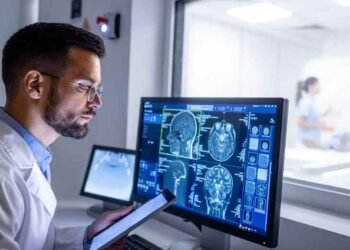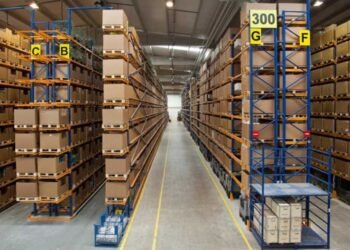Properly calibrating and maintaining your equipment is essential for ensuring accuracy, reliability, and longevity. From industrial machinery to medical instruments, all types of equipment require regular maintenance to keep them running at their optimal level.
With this guide, you will learn the importance of regularly scheduled calibration and maintenance checks for your devices as well as best practices for troubleshooting common issues with your equipment. We will also provide tips on how to extend the lifespan of your devices so that they can continue providing reliable service for years to come.
The Importance of Regular Calibration
Calibrating your equipment is an essential part of keeping it in optimal working order. It ensures that all the components are functioning at their required levels of accuracy and reliability, which is especially important for medical instruments or industrial machinery. Calibration should be done regularly—generally every 6-12 months—to ensure that all parts of the system are working correctly.
What Needs to Be Checked for Accuracy?
When calibrating your equipment, you should always check for accuracy. This includes checking the pressure gauges and other components for any potential problems or discrepancies. When checking pressure, make sure that they are displaying the correct reading and that there is no abnormal pressure build-up.
For example, digital pressure gauges should be checked to make sure that they are providing accurate readings. This can be done using a device such as a deadweight tester, which is used to compare the reading of the pressure gauge against a known reference.
Ultimately, it is important to make sure that all parts of the system are working properly and accurately before using the equipment. This can help to avoid costly problems down the line and ensure that your device is operating at its optimal level.
Best Practices for Maintenance and Troubleshooting
To keep your equipment running smoothly, it is important to adhere to best practices for maintenance and troubleshooting. This includes regularly checking all parts of the system for wear and tear, as well as cleaning any component that may be affected by a buildup of dirt or dust. Additionally, filters should be changed regularly to ensure that the system can operate at its optimal level.
When it comes to troubleshooting common issues with your equipment, there are some simple steps you can take to identify and fix any problems. This includes inspecting all parts of the device for any telltale signs of damage or malfunction, as well as testing all components to ensure that they are functioning properly. Additionally, you should always refer to the manufacturer’s instructions when troubleshooting any problems with your device.
How to Extend the Lifespan of Your Devices
In addition to regular maintenance and calibration checks, there are some simple steps you can take to extend the lifespan of your devices. This includes avoiding leaving them in direct sunlight or other extreme temperatures for extended periods and ensuring that any components are securely fastened.
Additionally, you should keep all parts of the system clean and free from debris or dust buildup, as this can compromise its performance over time. You should also regularly inspect the device for any signs of wear and tear and replace any components that appear to be damaged or worn out.
Following these tips can help ensure that your equipment remains in optimal working order for years to come. Proper calibration, maintenance, and troubleshooting are essential for keeping your devices running at their best—follow this guide to ensure that you get the most out of your equipment.
Now that you understand the importance of regularly calibrating and maintaining your equipment, you can continue to reap the benefits that come with reliable performance and extended device lifespan.












